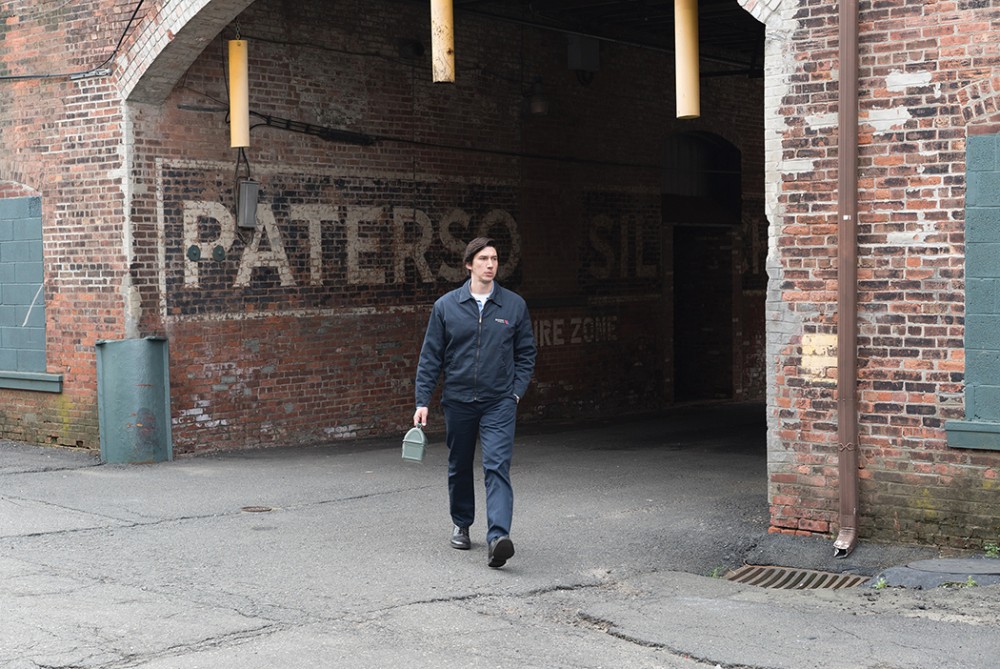How Paterson sidesteps the clichés embraced by La La Land
Escapism can be delightful. But artistic creation also uses the fodder of daily life.

Damien Chazelle’s film La La Land is sweeping the award circuit with its whimsical dreamscape. It’s a quintessentially Hollywood movie about following one’s dreams to LA and stardom.
The greatest compliment that can be paid to anyone in La La Land is to call that person a dreamer. In the opening scene, young performers who are stuck in traffic leap out of their cars to sing about their dreams of making it in Hollywood. The magnificent performance boasts vaudeville soft-shoe, hip-hop, and break dance, all sweeping the viewer into the film’s kinetic energy.
The story is not new: boy meets girl, hardship follows, dreams are lost, and dreams are fulfilled. But the characters often erupt into song and dance, a device that reminds us that dreamers move through life at a different speed, with a song always at the back of their throats. Chazelle wants to recall a time when movies delighted and overwhelmed the senses with spectacle and skill. La La Land does: it’s an airy confection of delight that is at the same time wised-up and nostalgic. And it aims for a vision of moviemaking that is rhapsodic and earnest without being sentimental.




